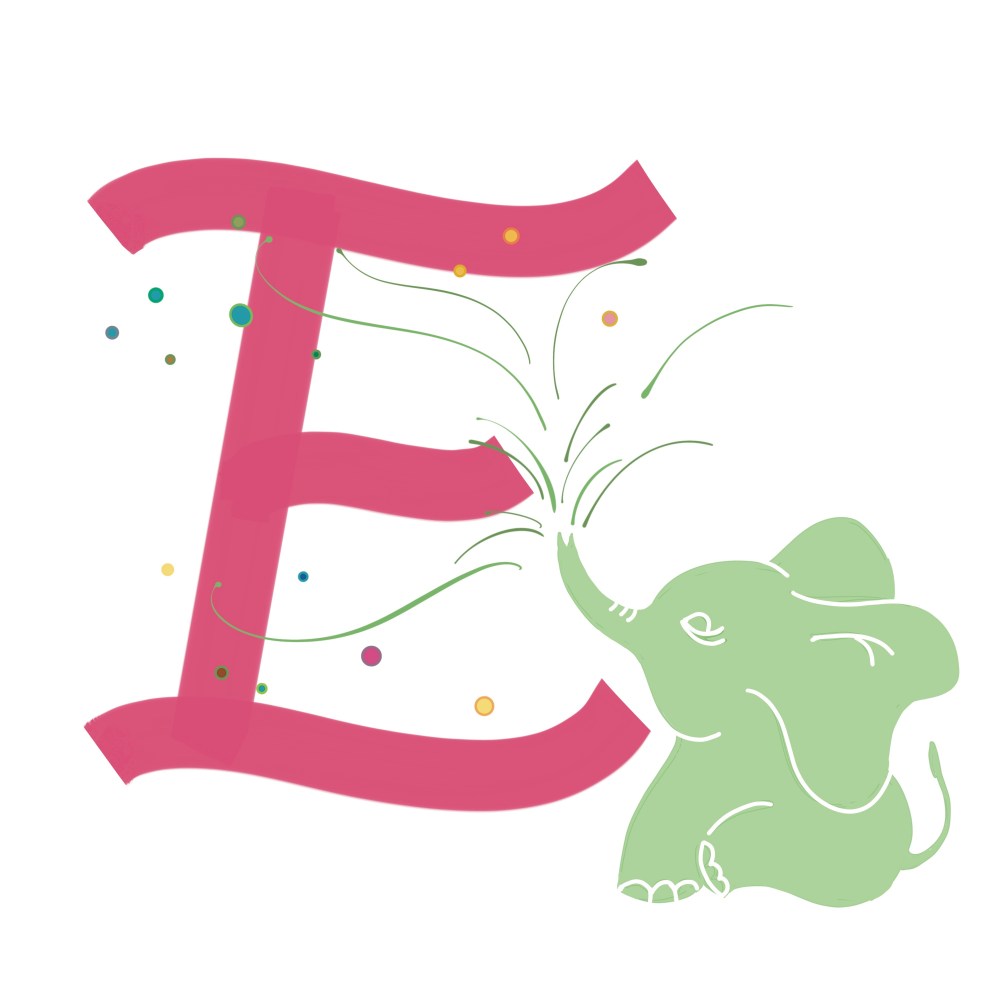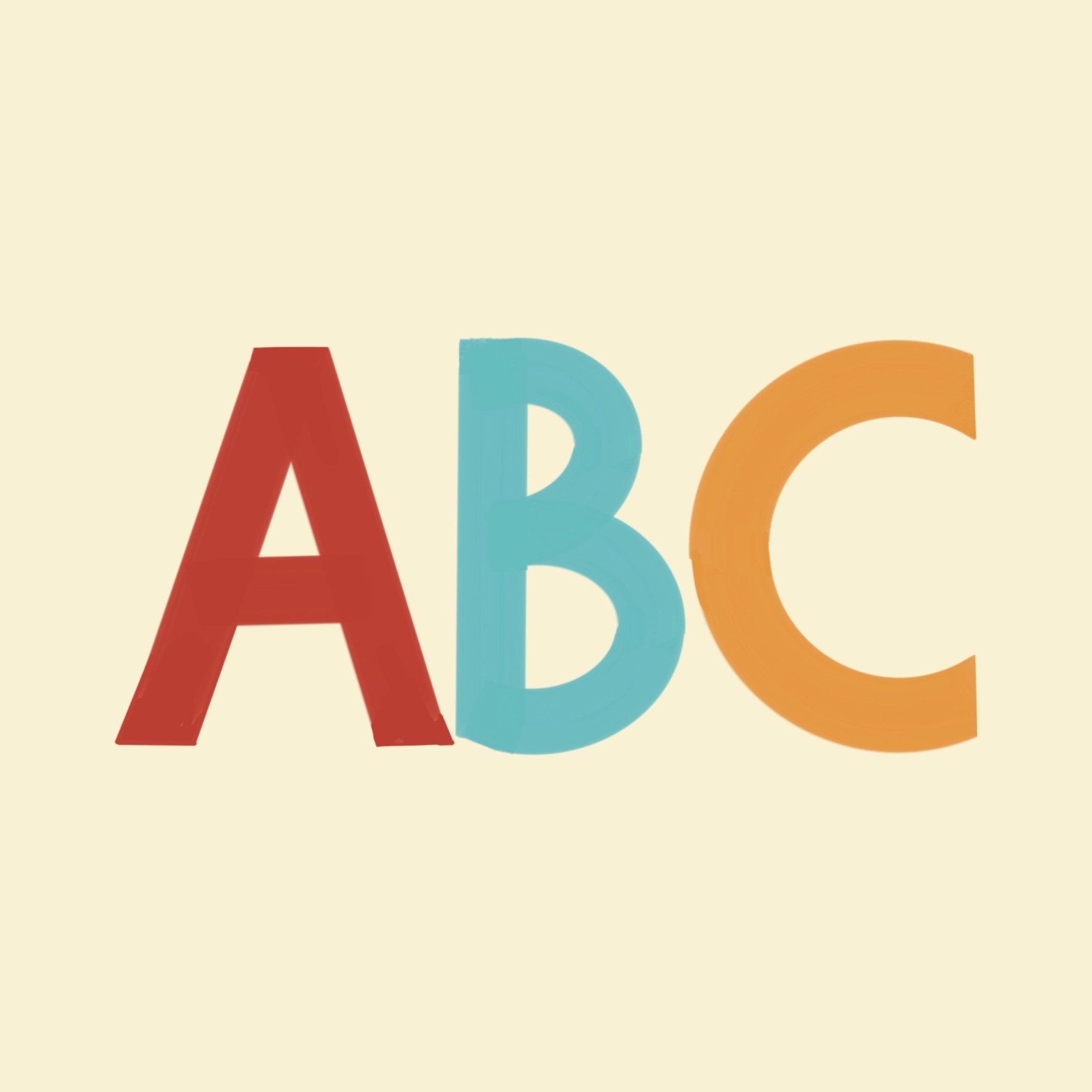When your favorite nieces have babies, they might ask you as a designer, to do things for them. If that auntie has a soft spot for their little voices saying, “Titi Alma, could you do x or y…” Alma’s heart melts almost immediately. Our hearts are intertwined in a deep, deep bond.
My nieces had baby girls weeks apart two years ago. They are now expecting again (due this summer). One of them asked me to design an artwork with letters because her daughter was learning them.
She had me at letters. The question was what to do: a poster, a set of cards, a book? If a book, what size, what colors, and how? Agonizing over the style of the letters ensued. I started pinning on a board examples of letters that looked like designs for children and another board to pin children’s books. Still, I felt lost for a couple of weeks.
I started to research children’s books, went to the library, and started to read a bit about children, especially about two-year-olds. Then, I remembered some geometry and reading lessons from Wheaton Montessori School when we lived in Chicago. There are many similarities between design education and the Montessori method, but that is for another post. A particular aspect from my kid’s days at Montessori has always stuck with me: I remember my son tracing shapes with his index finger. He’d do this with words and objects he’d see. That memory helped me decide what to do next.
The letters needed to be thick enough for a two-year-old to trace with their finger. This is not unlike some of the letters I have written in my daily practice. I thought I would add a simple graphic of an object—food or otherwise— that started with that letter. I also wanted the book to be small enough to fit in the hands of a two-year-old. Thankfully, Blurb offered a 5” x 5” book in softcover at a very reasonable price. Then, I got to work.
Looking back, I could have been more consistent in the type of letters I created. Same with the style of the objects. I also realized that designing for children was more intimidating than designing for adults. There are a plethora of questions floating around. For instance, is this stroke thick enough? Should the O be more like an oval or a circle? How much information is too much or too little? Ultimately, I decided to go through with it all and make edits later. One of my niece’s birthdays has passed, and the other is coming up. Deadlines always work, don’t they?
The book has been uploaded to Blurb; however, it is not yet listed in their bookstore. Here is the link if you are interested in getting one.
Some photos of the project are below:




Alma Hoffmann is a freelance designer, design educator, author of Sketching as Design Thinking, and editor at Smashing Magazine. This is an edited version of an original post on Temperamental amusing shenanigans, Alma’s Substack dedicated to design, life, and everything in between.
All images © Alma Hoffmann.
